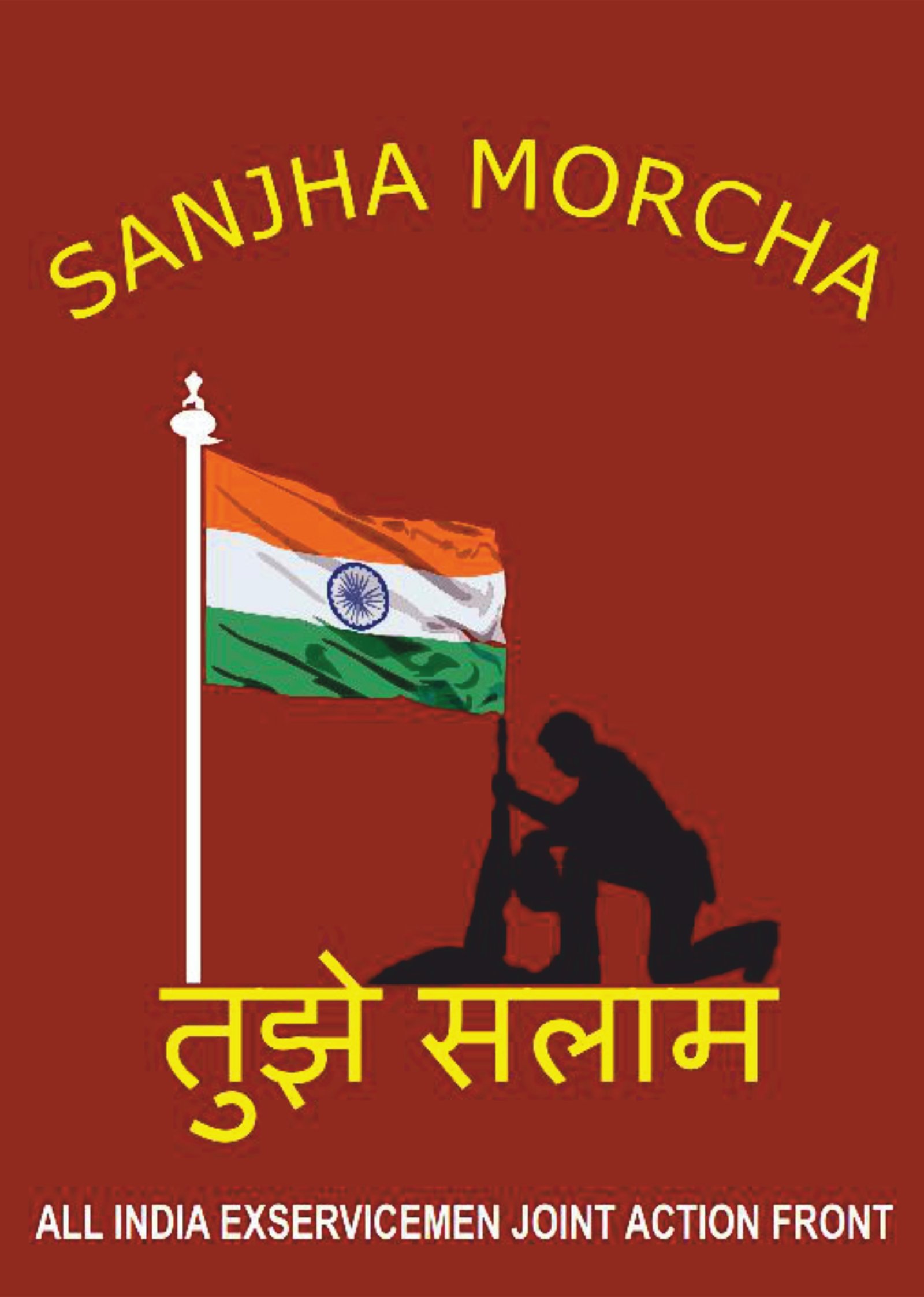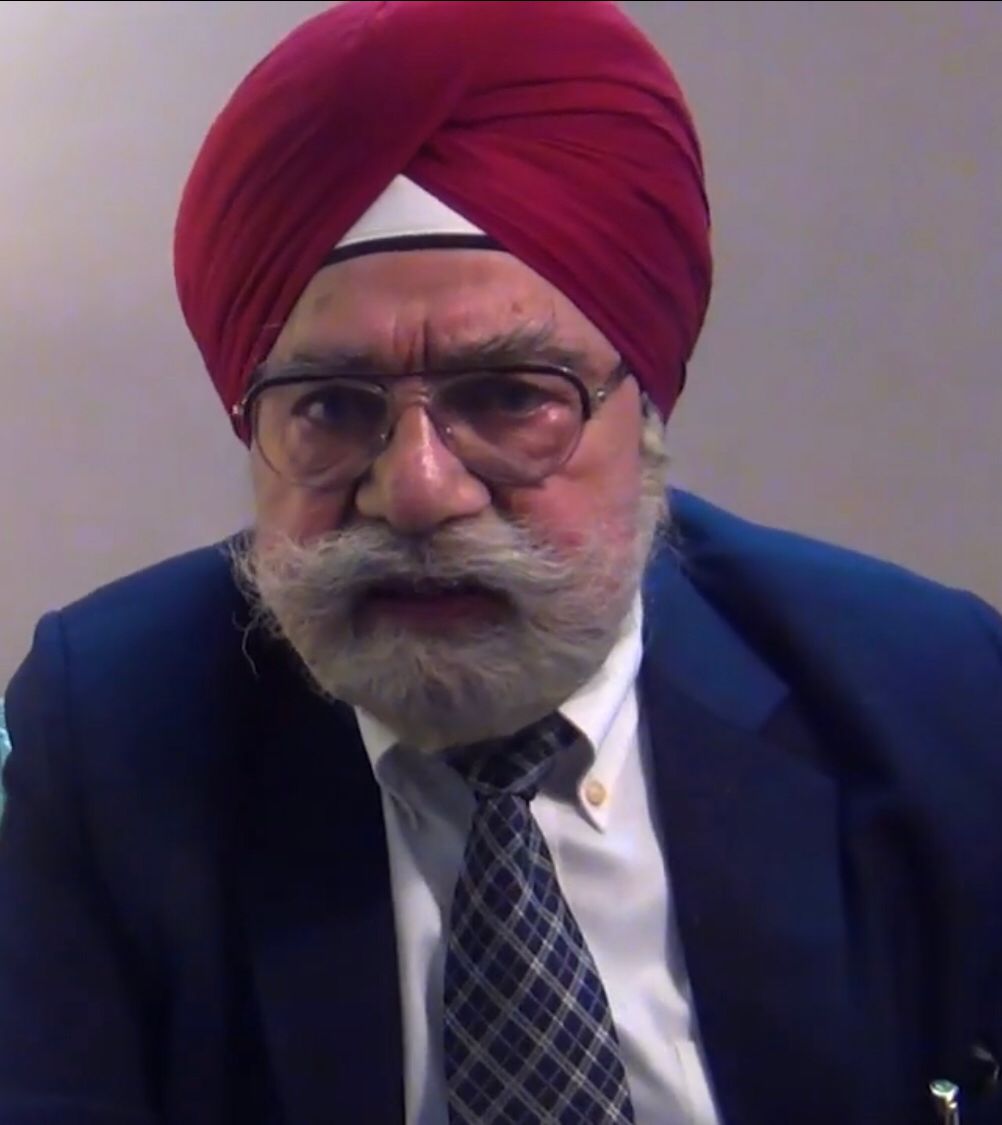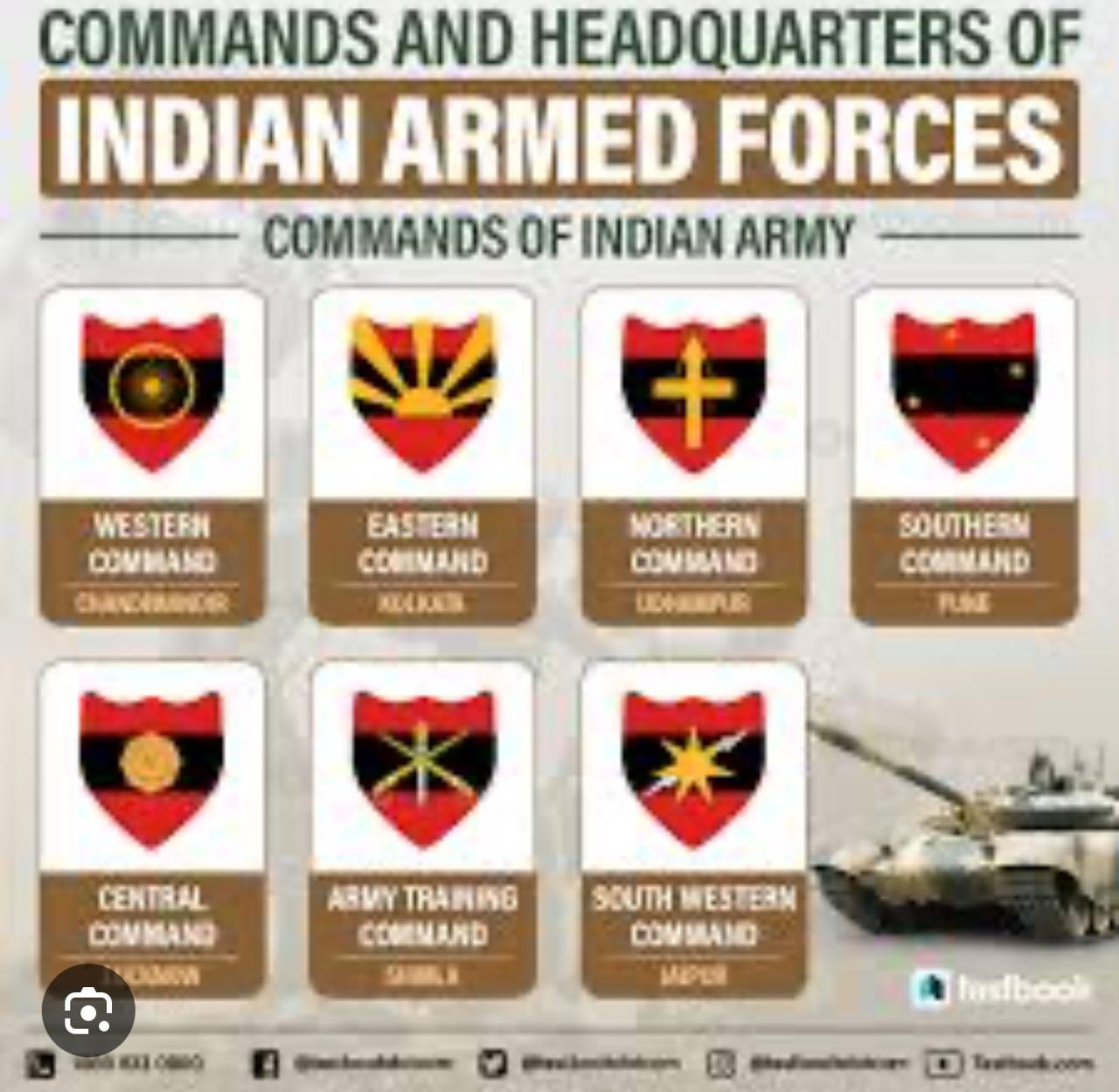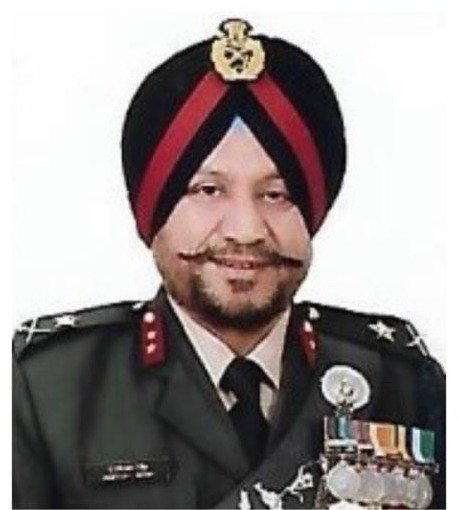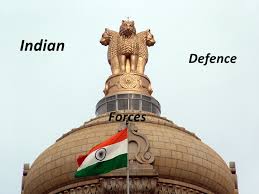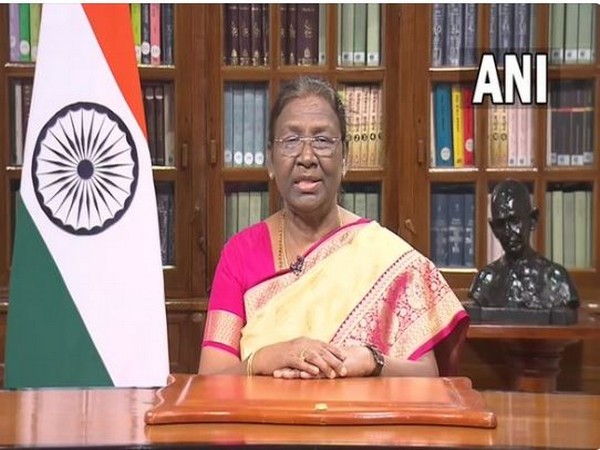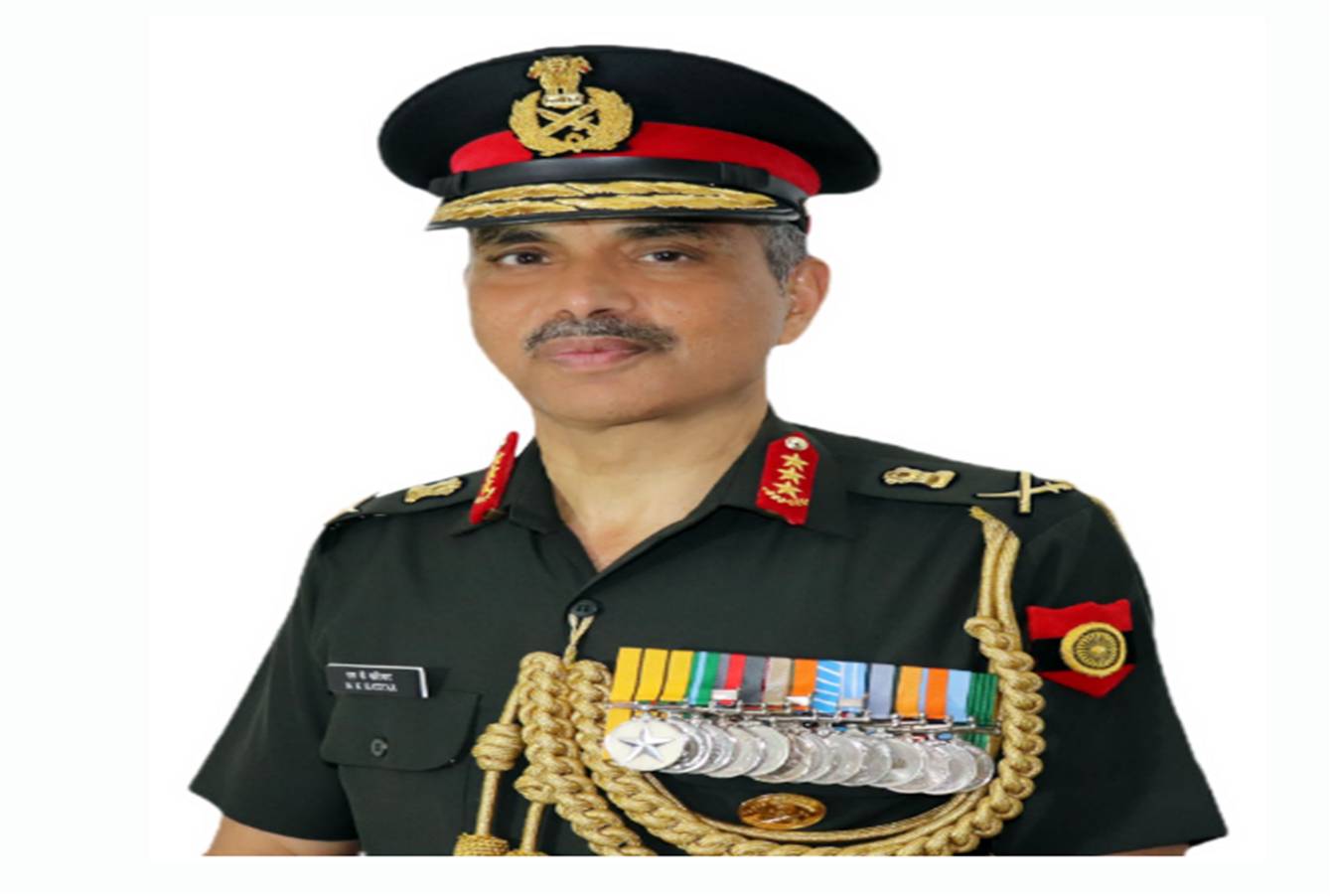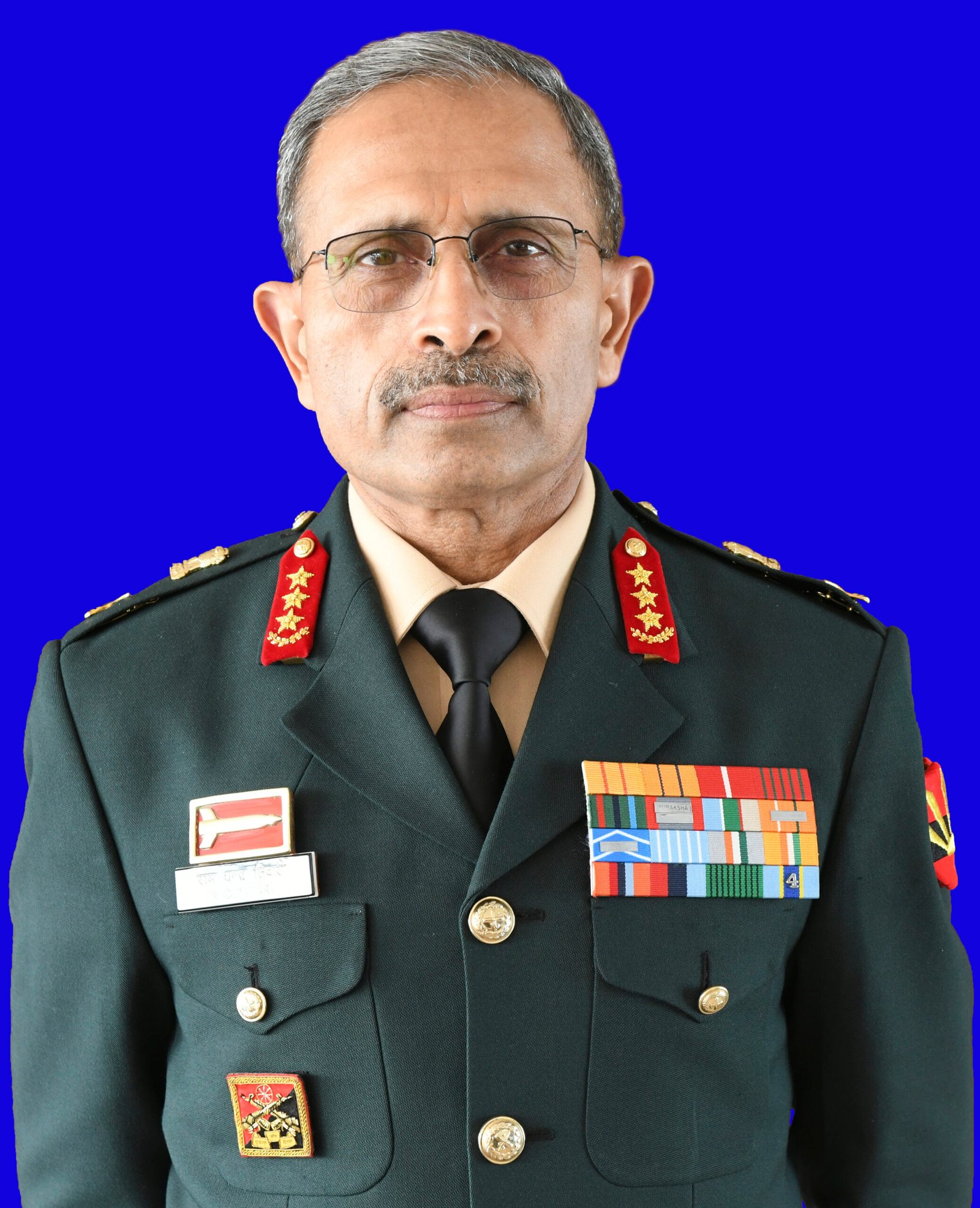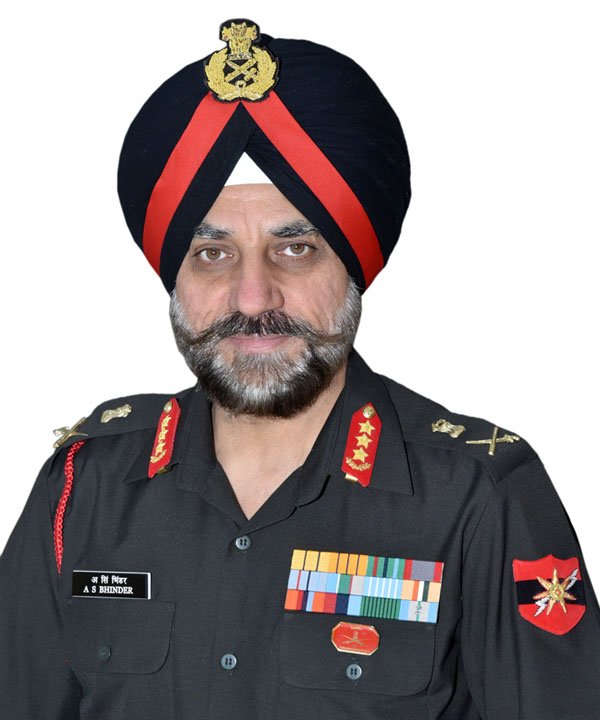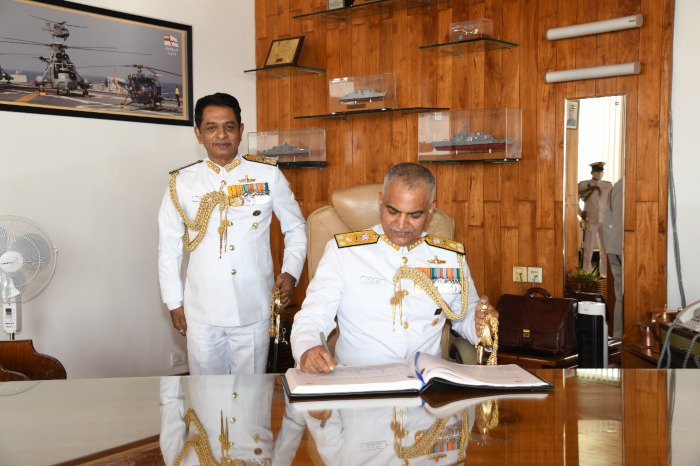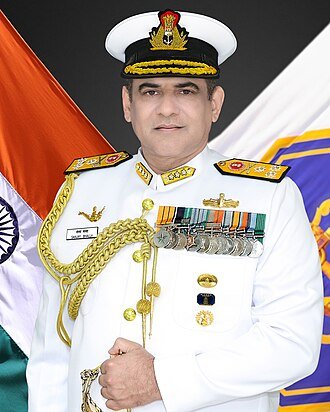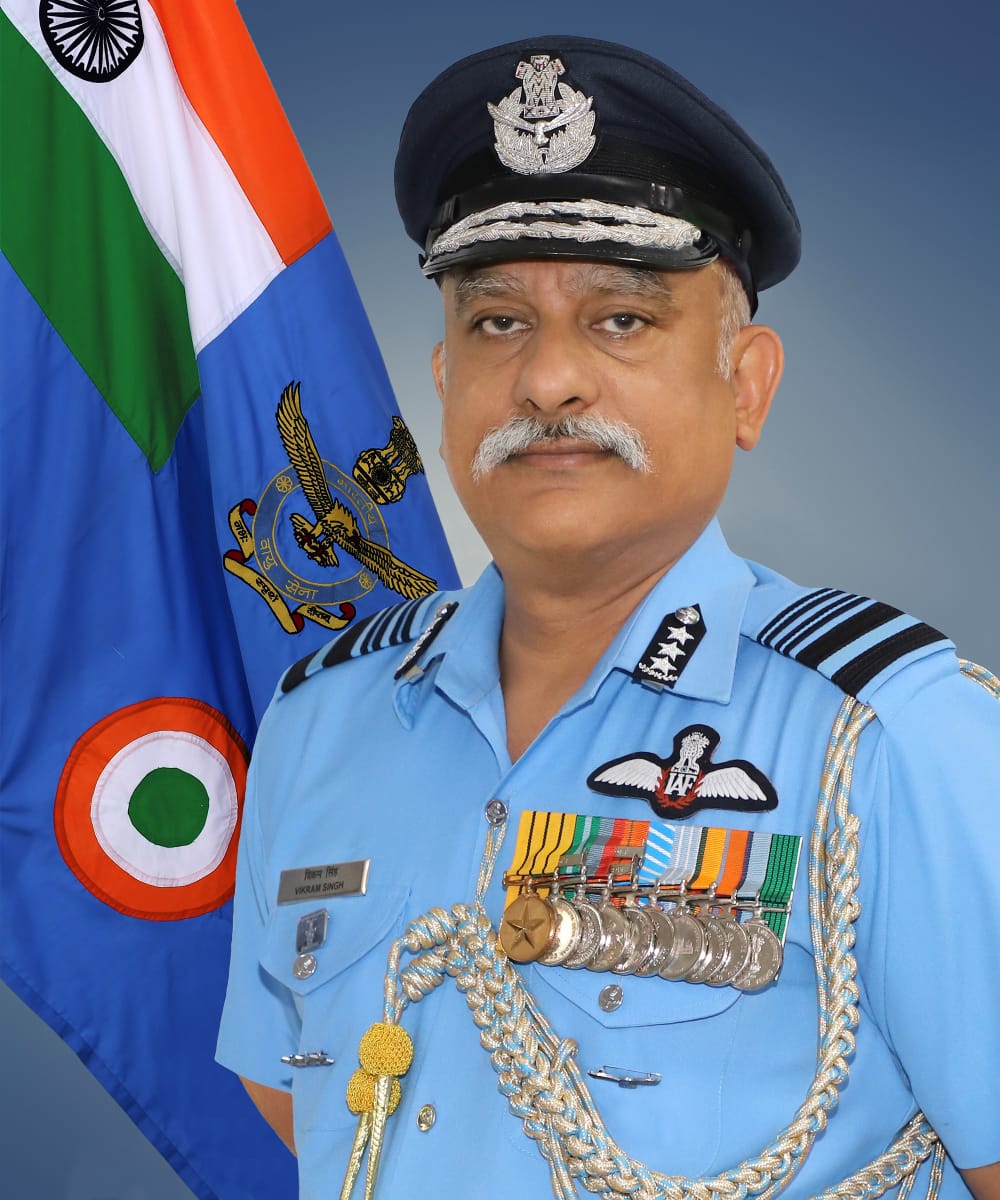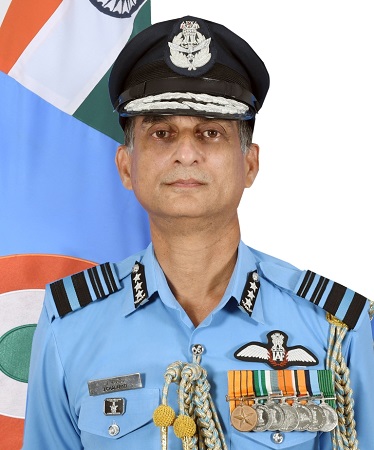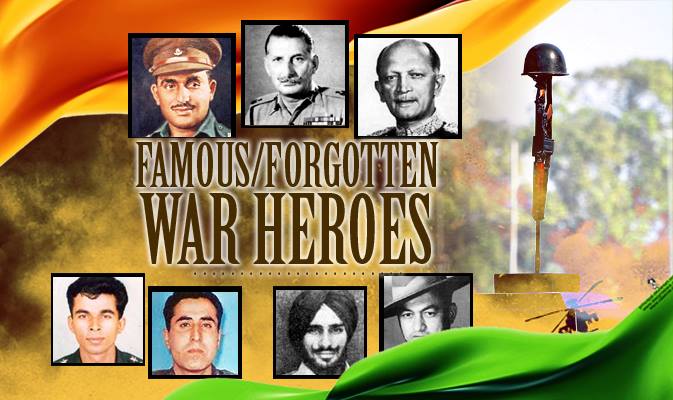
n 1962, a large number of Sikhs were working as soldiers and officers in the Army. The then Punjab CM Partap Singh Kairon announced the allotment of Rs2 crore to provide relief to the families of the jawans killed while defending India from the Chinese aggression. He talked to gatherings of soldiers on the eastern border, duly dressed in Army fatigues, assuring them that they need not worry about their families back home.
M Rajivlochan
Historian
The war with China in 1962 began on October 22 and ended on November 2. On November 10, 1962, President S Radhakrishnan, in an address to the Young Men’s Sikh Association in Delhi, said the Chinese aggression was in a way good for the country. Indians, he added, needed a shake-up as they had become soft and complacent and had started leading a life of ease and comfort.
A new side of Sardar Partap Singh Kairon, who was then CM of Punjab, came to the fore as the war continued. He persuaded all ministers and MLAs of Punjab, below the age of 50, to sign up for active service; those above 50 offered to do whatever work could be found. The state Education Department began the process of providing military training to all college students, and for those in high school and higher secondary school. The government also planned to train over two lakh women for civil defence, Home Guards and the Raksha Dal. The women were also given weapons’ training.
A large number of Sikhs were working as soldiers and officers in the Army. Kairon announced the allotment of Rs 2 crore to provide relief to the families of the jawans killed while defending India from the Chinese aggression. He went out of his way to talk to gatherings of soldiers on the eastern border, duly dressed in Army fatigues, assuring them that they need not worry about their families back home, that the Punjab Government would do everything possible to ensure that their families were well taken care of.
He reminded the soldiers of the great Sikh Gurus, their exhortation to fight for a righteous cause and never hesitate: Subh karman te kabahu na daro… Na daro ari seo, jab jaye laro nischey kar apni jit karo.
Deputy commissioners were ordered to take special care of any soldier or family members who would approach the administration with any problem. Kairon’s hold over the soldiers was such that even Radio Ceylon, the most popular radio station in India of the time, broadcast his address, along with religious hymns and shabads, to soldiers early in the morning, which encouraged them to remain on the path of righteousness and fight for justice.
General Mohan Singh, a veteran from the Indian National Army, was encouraged to organise a training programme for students so that they could be well equipped to defend the country in the face of an enemy attack. The first meeting of this group was held at the Gobindgarh Fort in Amritsar. Thousands of young men and women attended it and pledged to defend the country and undertake military training.
On his 73rd birthday, Jawaharlal Nehru was given a gift of 130-kg gold by the Punjab Government. Half of this had come from the people of Amritsar. This was what had been donated to the government by the people of Punjab in the form of necklaces, bangles, rings, nose pins, medals, old coins and other items from their personal collection. Of the 12,000 gold coins collected, some were from the times of the rule of Maharaja Ranjit Singh.
BN Mullick, Nehru’s intelligence chief, noted that Kairon had promised Nehru that the people of Punjab would support his efforts to defend the country with ‘gold and blood’. The MPs of the Congress collected 0.6 kg of gold to gift to the National Defence Fund (NDF). From other parts of the country, 5.327 kg of gold was donated. By now, the NDF had received Rs 2 crore in cash donations.
On November 28, the NDF reported that from the people of India, it had received Rs 8 crore, of which 46 per cent (over Rs 3.7 crore) had been contributed by Punjab. This was over and above the contribution of 252-kg gold in the form of ornaments, coins and medals.
At the end of the war, the Punjab Government decided to give Rs 10,000 to the recipients of the Param Vir Chakra, Rs 5,000 for the recipients of the Maha Vir Chakra and Rs 2,500 for the recipients of the Vir Chakra. Through all this collection, Kairon did not tolerate corruption. He regarded this to be the moral duty of the citizens. Prof Rabinder Nath Sharma, a prominent Left activist and teacher, in a personal communication, shared with us his experience of Kairon reprimanding those who did not do their national duty in a morally upright manner.
He said that a story had floated that the SDM of Bilaspur was alleged to have pocketed money for the war effort. In his next public meeting at the SDM’s headquarters, Kairon had called him out. He had not directly named the SDM, but through wordplay, which was common in Punjab. “I have been told that there is someone here by the name Qulli or something like that who is said to be taking away money that was supposed to be donated by the people for the war effort.” The red-faced SDM, whose name sounded similar, who was sitting in the audience got the message.
The Communists in India were suspected of siding with the Chinese. The Tribune reported that at the meeting of the Communist Party’s National Council on November 3, 1962, three members of the party secretariat — Jyoti Basu, P Sundarayya and Harkishan Singh Surjeet — held the position that no socialist country could ever commit an act of aggression and, therefore, there was no reason to condemn Chinese incursions into India.
This stance had fuelled suspicion about the Communists. Hundreds of them were detained across the country. Surjeet went underground and was declared an absconder by the Punjab Government. After three weeks on the run, with China declaring a unilateral ceasefire, Surjeet surfaced in Delhi, desiring a meeting with Home Minister Shastri to clear up any misconception about the Communist commitment to India. On November 25, the Punjab unit of the Communist Party released a letter by Surjeet in which he pledged support of the Communists to the war effort.
India was suitably grateful to both Kairon and Punjab. As the year and the war came to an end, the CM of Rajasthan, Mohan Lal Sukhadia, agreed to resettle those displaced in Punjab because of the Pong Dam on the Beas, and the building of the Rajasthan canal. In addition, Sukhadia also set aside one lakh acres of land for distribution among defence personnel from Punjab. A similar offer of one lakh acres for the soldiers from Punjab was made by the Government of MP.


